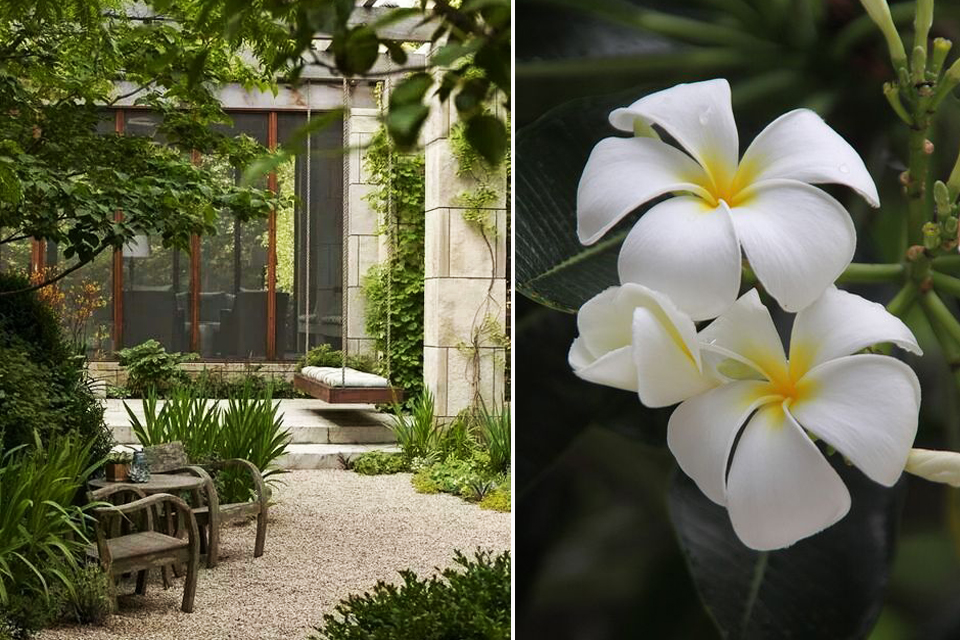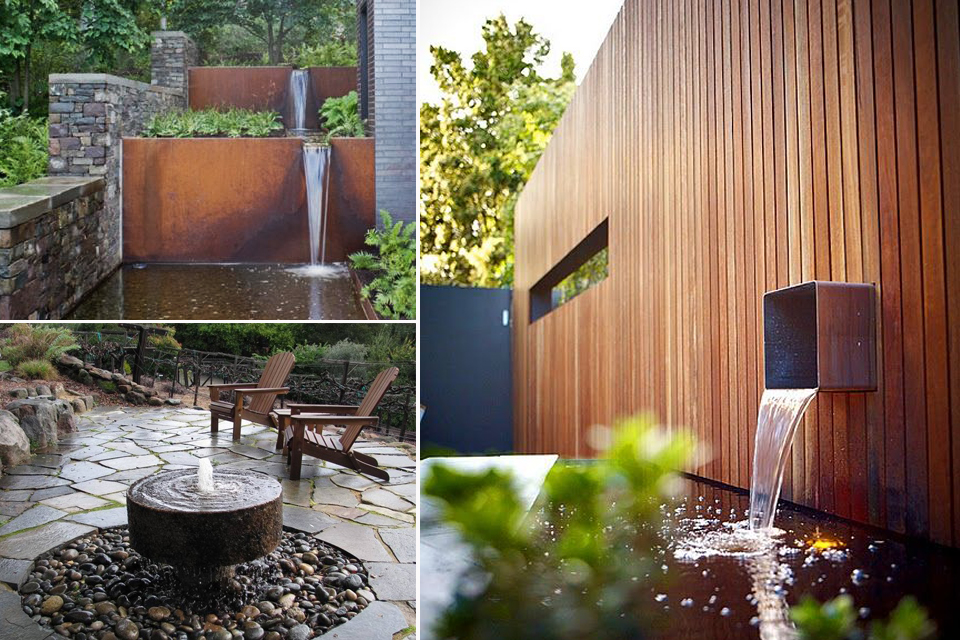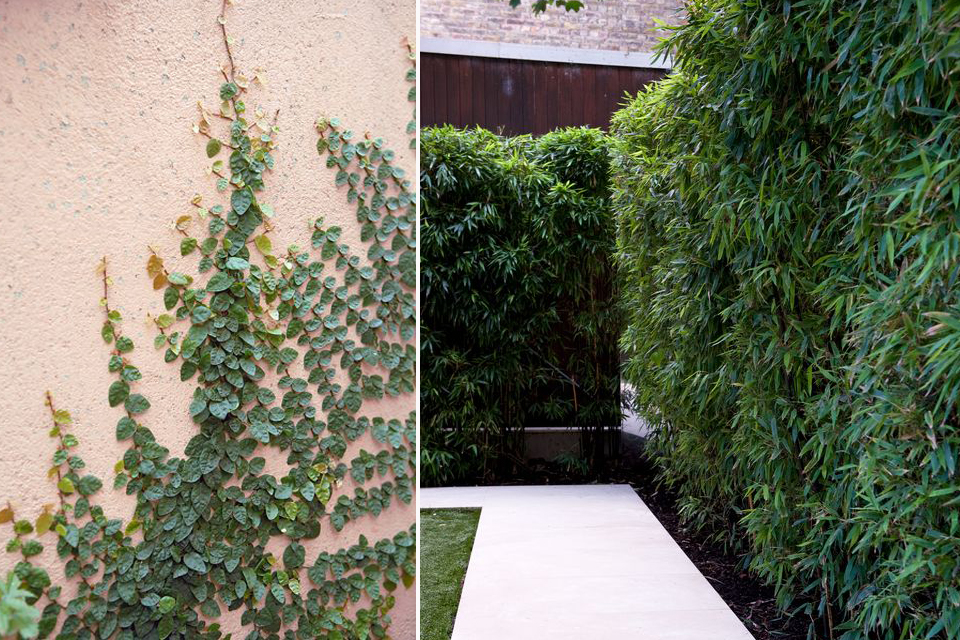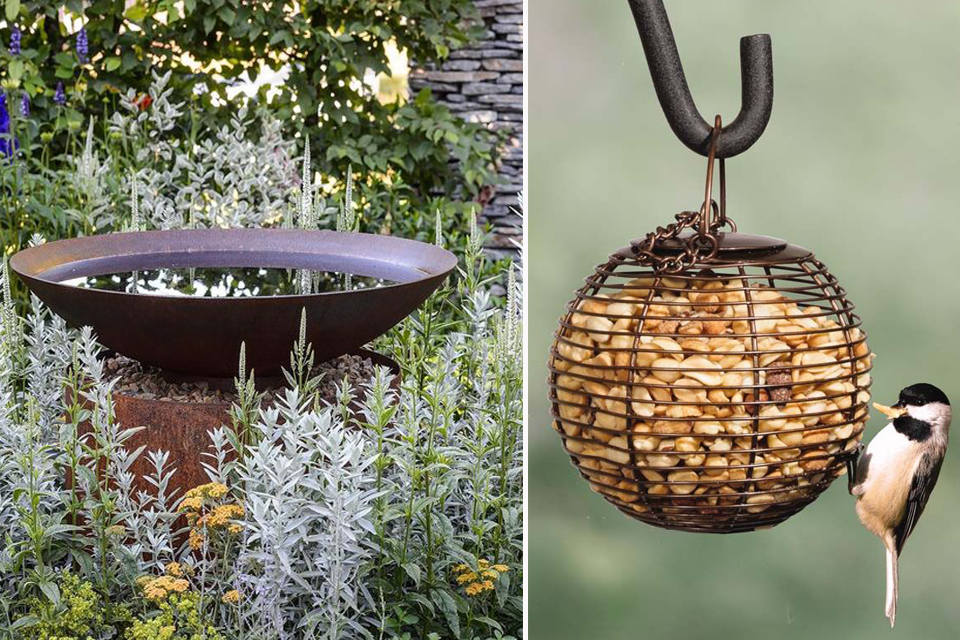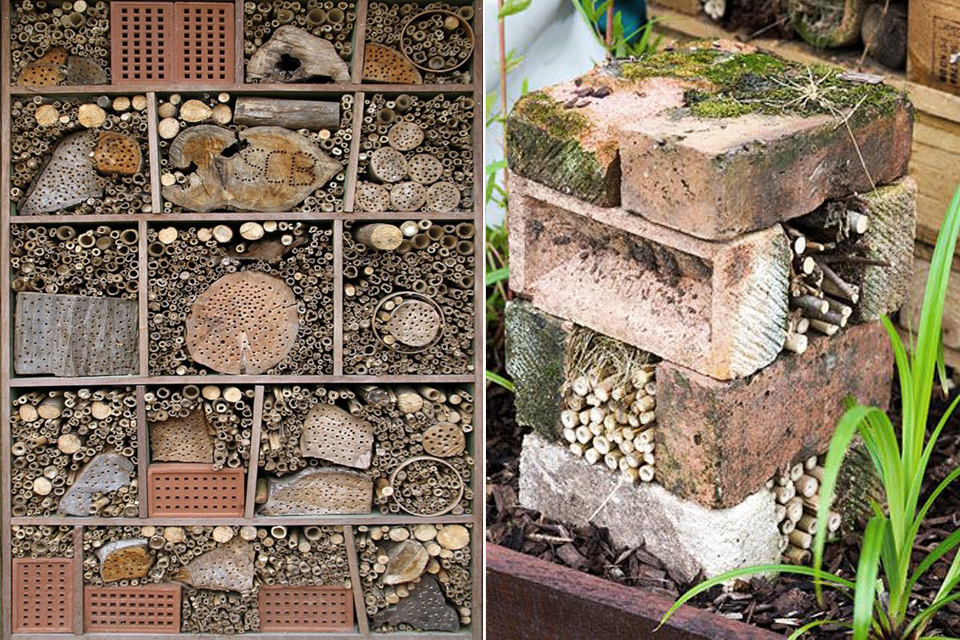04
Sep
2017
Landscaping as a Noise Treatment: Creating a Calming Soundscape
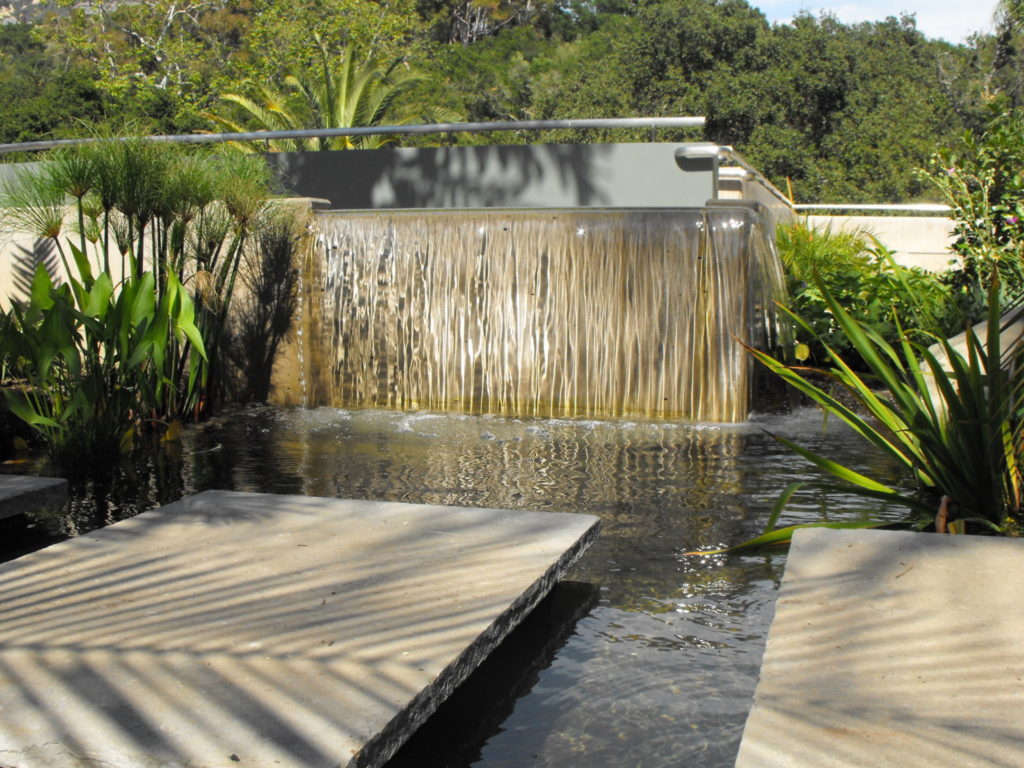
Reading Time: 5 minutes
City life is more likely to cause to a state of depression and anxiety than living in rural environments, among others, due to the chronic noise exposure. Many recent studies show that urban noise pollution leads to health disorders such as heart problems, hearing loss, diminished productivity, sleep disruption, impaired learning, and more.
However, we have some good news! Creating a calming soundscape can be simple. If you have a small piece of land or garden around the house, you can use landscaping as a tool to create noise barrier as well as a calming natural soundscape. Not everyone lives near a park or a green zone, but you can try creating your own, small natural sanctuary, that can lower the stressful, fight-or-flight instinct caused by abrupt urban sounds.
This article will show some simple tricks how you can reduce the city noise through landscaping, and create beautiful and healthy soundscapes in your garden. We will explore the types of plants that can be used as an environmental sound barrier but also as a sound machine.
The living noise barriers: bushes, trees, shrubs
The first step to reducing the stress that occurred in our lives, caused by the noise (heavy traffic, sirens, firecrackers etc), is to eliminate it. Among other ways of indoor sound isolation, planting the green barriers is a legit, ecological and beautiful way to tackle this problem.
In order to do so, You might want to:
- Plant evergreen trees, alongside the border of your garden, or close to the noise source. Evergreen plants are practical because the leaves stay over the seasons, blocking the noise from penetrating throughout the year. In building a calming soundscape, one can choose trees and plants that have dense foliage and thick leaves. One example is Singapore’s stunning Tembusu tree. They grow up to 40 meters in height while their fragile white flowers emit sweet fragrance during the flowering season. The famous smell, used for perfumes and etheric oils can be an additional calming feature in the multi- sensory garden. In addition, check out the pine trees that can grow in local conditions.
- Add a second layer of evergreen shrubs and bushes next to the trees in order to block the noise traveling below the branches. The best is to choose bushes whose branches reach all the way to the ground. In this way you can create an another layer of protection, interrupting all the possible ways of sound traveling from the outside. The deeper the barrier, the better protection. The general principle of vegetation height that needs to reduce the noise is to cover the zones a little bit above the line of sight. Some factors you might want to consider when choosing shrubs are maintenance requirements (little irrigation or pruning, strong resistance) as well as how fast they grow. Try playing around with these types: Boxwoods, Plumeria obtusa (aka Singapore white obtuse) or Frangipanis, Magnolia Champaca and much more.
Mask the noise with a water source – make it splash!
Welcome to the crown jewel of noise masking: a water fountain. Why? Because creating a calming soundscape can also incorporate a wide range of frequencies it produces while splashing. The running water is technically like a white noise. Located closer to the ear than the other sounds, its frequencies can override the moderate noise from the road. It works best if you locate it next to the window or patio with sitting area outside.
Make sure to let it splash or gurgle, fall as high as possible, as this would create most sounds. Look for a designed falling water source or try out some of these DIY fun and easy options.
In the all-natural spirit, water sounds are an essential component of a healthy and calming soundscape. Our brains easily tune-out, since they represent the non- threatening type of sounds.
“These slow, whooshing noises are the sounds of non-threats, which is why they work to calm people,” said Orfeu Buxton, an associate professor of biobehavioral health at Pennsylvania State University for a LiveScience article. “It’s like they’re saying: ‘Don’t worry, don’t worry, don’t worry. Having a masking form of noise can also help block other sounds you don’t have control over, whether someone is flushing a toilet in another part of the house, or there is taxis or traffic outside — whatever the acoustic insult is.”
Green wall refraction
Sometimes the gardens are protected with high walls around them. While thick, bare wall surfaces significantly reduce the road noise from the outside you are likely to face a small problem – an eerie echo from the inside. The sound produced in between the walls, as well as from the outside will bounce off the hard surfaces, magnify and cause an echo. But do not despair, nature has it all!
Did you know that the leaves themselves have amazing refracting abilities? The sound waves get diffused and dispersed when hitting the various leaves in the garden. So let it become your easy creative solution! By coating your walls with plants you can prevent the sound from bouncing around. You can use any clinging vines such as English ivy (Hedera helix) or some from the grape family (Vitis spp.), passion flowers (Passiflora spp.), bamboo and perennial sweet peas (Lathyrus latifolius).
Start planning a new, calming soundscape: invite some birds over to your place, they are magical.
Especially blackbird, robin, and wren, for their tuneful, pleasant-sounding melody, says Eleanor Ratcliffe, a Ph.D. student that explores how natural sounds can improve mood and attention after stress or fatigue. Birds are beautiful, cheerful, magical. Their presence, in the natural world, indicates the absence of danger in the surrounding environment, which sends signals to our brains to relax.
Another way of creating a calming soundscape is to add in bird houses and bird baths. This is an easy feature to incorporate in any garden. A tiny bit of water, food, and shelter will be sufficient. So do not hesitate, invite them in by making a house with some food and a water basin, and they will reward you with calming sounds beneficial for the overall well being.
Dive into the mesmerizing natural drone sound produced by their Majesties- crickets!
Normally, there are no overlapping sounds in nature. Every species has it’s on “slot” for producing sounds. Sound between animals and insects are not randomly piling up, like in urban environments, but are very precisely organized. Maybe that is why the dronish sounds are rare, and animals communicate in shorter intervals and various complex rhythmic patterns. However, crickets can be considered as one of the exceptions. They produce very loud, long lasting sound. Like a drone. Many people find this sound very soothing. Since they are mainly active in the night, the chirping sound helps our bodies tune in with the natural, changing rhythms – day and night, different seasons etc.
If you like their chirping sound, you can modify your yard to attract them.
What do they like? High grasses, herbs, bushes, upper tree canopies. Shade, a place to hide from the sun and other predators such as birds lizards and snakes. They love caves and underground shallow or deep burrows and galleries.
The insect hotel is another funny option. Insect hotels have become more and more popular around the world. You can let your imagination wild by making structures with tiny cool, hiding holes and corridors, made of wood and other natural materials. Enjoy!
If you loved this article, why not check out another exciting article on Japanese Gardens
All picture sources from Pinterest
Do you want to write your stories and publish it? No problem! Just e-mail us at [email protected]
